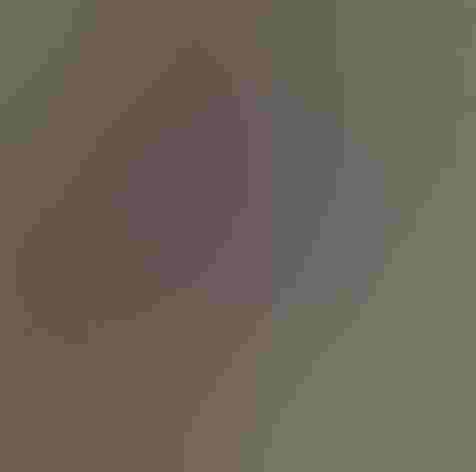Costa’s Hummingbird
At a Glance
The desert might seem like a bad place for a creature that feeds at flowers, but it is the favored habitat for Costa's Hummingbird. In Arizona and California deserts, this species nests during late winter and spring, and most then avoid the hot summer by migrating to coastal California and Baja. The thin, high-pitched whistle of the male is often heard over desert washes in early spring.
All bird guide text and rangemaps adapted from by Kenn Kaufman© 1996, used by permission of Houghton Mifflin Harcourt Publishing Company. All rights reserved.
Category
Hummingbirds
IUCN Status
Least Concern
Habitat
Arroyos and Canyons, Desert and Arid Habitats, Forests and Woodlands, Shrublands, Savannas, and Thickets, Urban and Suburban Habitats
Region
California, Rocky Mountains, Southwest
Behavior
Flitter, Hovering, Rapid Wingbeats
Population
3.400.000
Range & Identification
Migration & Range Maps
Many that nest in deserts in spring migrate west to the coast for other seasons. However, where flowers are present all year (as in many suburban gardens), increasing numbers of Costa's now remain all year.
Description
3 1/2" (9 cm). Adult male has purple crown and throat, with gorget feathers extending back to point. Female smaller and shorter-billed than female Anna's or Black-chinned, with shorter tail, paler belly, different voice.
Size
About the size of a Sparrow
Color
Gray, Green, Purple, White
Wing Shape
Narrow, Rounded, Short
Tail Shape
Notched, Rounded, Short, Square-tipped
Songs and Calls
A light chip and high tinkling notes.
Call Pattern
Falling, Flat
Call Type
Chirp/Chip, Hi, Whistle
Habitat
Deserts, washes, sage scrub. Mostly in dry and open habitats having a good variety of plant life, such as washes and streamsides in Sonoran desert, lower parts of dry canyons, coastal sage scrub. Rarely moves up into mountain meadows after breeding season.
Sign up for ³Ô¹ÏºÚÁÏ's newsletter to learn more about birds like the Costa's Hummingbird
Behavior
Eggs
2. White. Incubation is by female only, 15-18 days.
Young
Female feeds the young. Age of young at first flight about 20-23 days.
Feeding Behavior
At flowers, usually feeds while hovering, extending its bill into the flower. At feeders, may either hover or perch. To catch small insects, may fly out and capture them in midair, or hover to pluck them from foliage.
Diet
Mostly nectar and insects. Takes nectar from flowers, and will feed on tiny insects as well. Often visits desert natives such as agave, chuparosa, desert honeysuckle, and fairy-duster. Will also feed on sugar-water mixtures in hummingbird feeders.
Nesting
In courtship display, male flies high, then zooms down past perched female and climbs again, making shrill high-pitched whistle during the dive; also gives the same whistled song while perched. One male may mate with several females. Nest site is in rather open or sparsely leaved shrub or small tree, sometimes in yucca or cactus, usually 2-8 feet above the ground. Placed on horizontal or diagonal branch. Nest (built by female) is a compact cup of plant fibers, bits of leaves or flowers, spider webs; usually has a grayish look. Female continues to add to nest during incubation period.
Conservation
Conservation Status
Common within its range. Undoubtedly has declined where desert is cleared for development, but in some places it has adapted to nesting in suburbs.
Climate Threats Facing the Costa's Hummingbird
Choose a temperature scenario below to see which threats will affect this species as warming increases. The same climate change-driven threats that put birds at risk will affect other wildlife and people, too.









